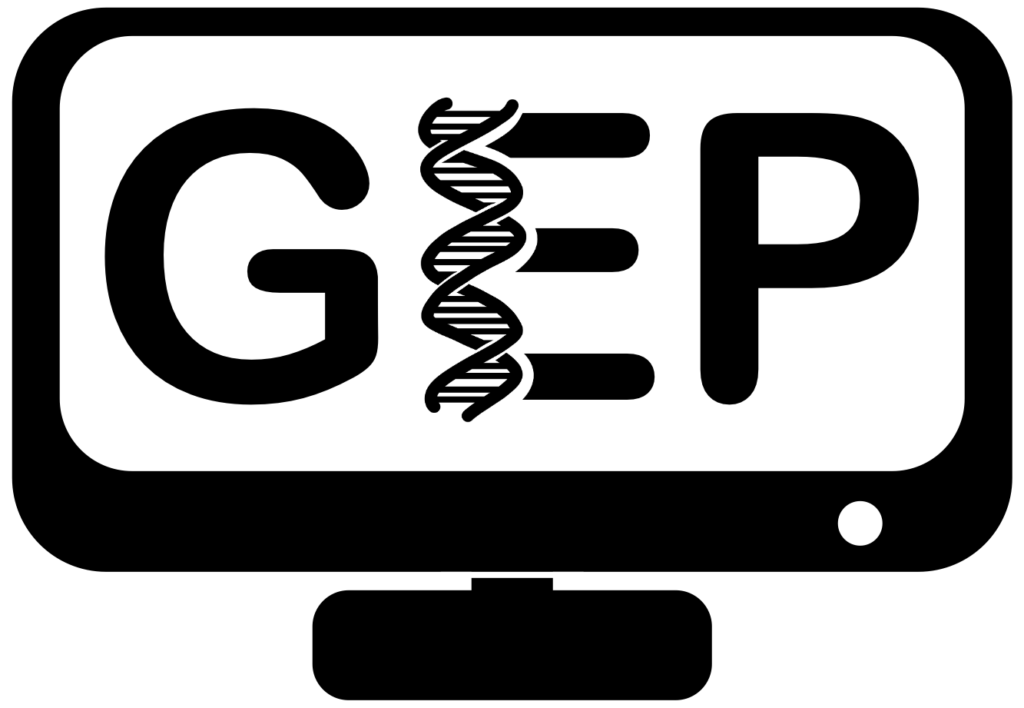Plant Genes Annotation and Analysis
This is a series of three 3-hour exercises that guide students on the DNA Subway, an online workspace that integrates tools for genomic analysis in a student and educator-friendly environment. Exercise 1 was developed by Dr. Judy Brusslan (California State University, Long Beach). The Exercise I and II PowerPoints and Exercise II were developed by Dr. James Youngblom (California State University Stanislaus). The “Prospecting for Green Revolution Genes” presentation and Exercise III were developed by Dr. Nicholas Ewing (California State University, Sacramento) based on materials initially developed by members of the iPlant Collaborative.
